How to Identify Features in Ecommerce Chatbots

E-commerce chatbots are revolutionizing how businesses interact with customers. These intelligent tools streamline customer service, offering instant responses and personalized experiences. By 2025, businesses using chatbots are expected to grow by 34%. Currently, 60% of B2B and 42% of B2C companies already rely on this technology. Chatbots can efficiently resolve up to 79% of routine queries, saving companies around 30% on support costs.
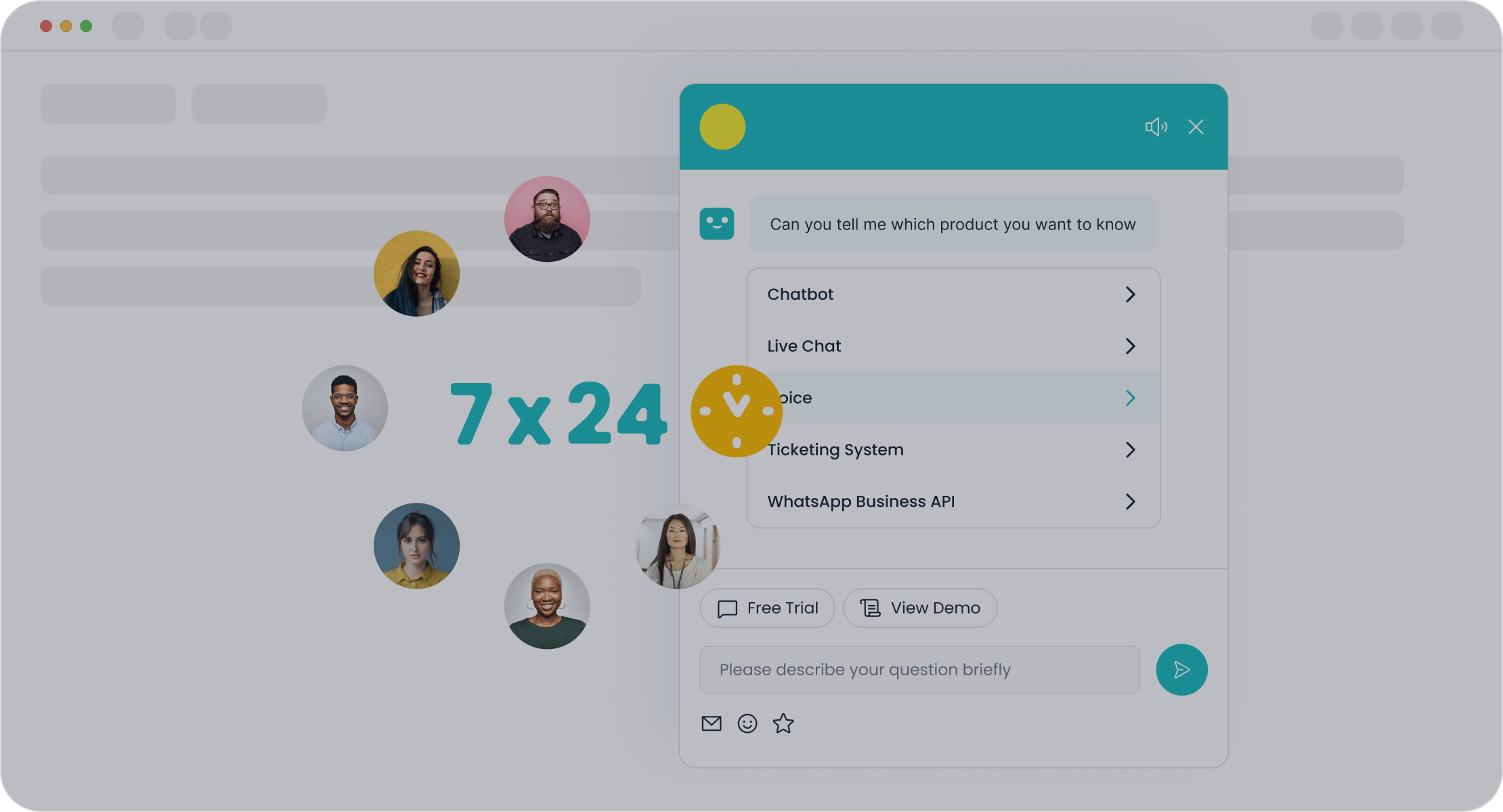
For example, Sobot offers advanced ecommerce chatbot solutions that enhance efficiency and boost conversions. With features like 24/7 availability and multilingual support, chatbots like Sobot’s empower businesses to meet rising customer expectations. As consumer demands grow, identifying the right chatbot features becomes essential for delivering seamless experiences and achieving business goals.
Why Ecommerce Chatbots Are Essential
Enhancing Customer Support and Engagement
E-commerce chatbots have transformed how businesses interact with customers. These tools provide instant responses, ensuring customers don’t have to wait for assistance. Studies show that 69% of users prefer chatbots for quicker issue resolution, while 55% would rather use a chatbot than wait for a live agent. This preference highlights the growing demand for efficient, real-time support.
Chatbots also improve engagement by offering personalized experiences. For instance, Sobot’s AI chatbot uses advanced AI to recommend products based on customer preferences. This feature not only resolves queries but also enhances the shopping experience. Additionally, chatbots operate 24/7, ensuring customers receive support anytime, even during peak hours. Businesses like Bank of America have seen over 10 million users adopt their chatbot, Erica, within a year, showcasing the potential of this technology to engage customers effectively.
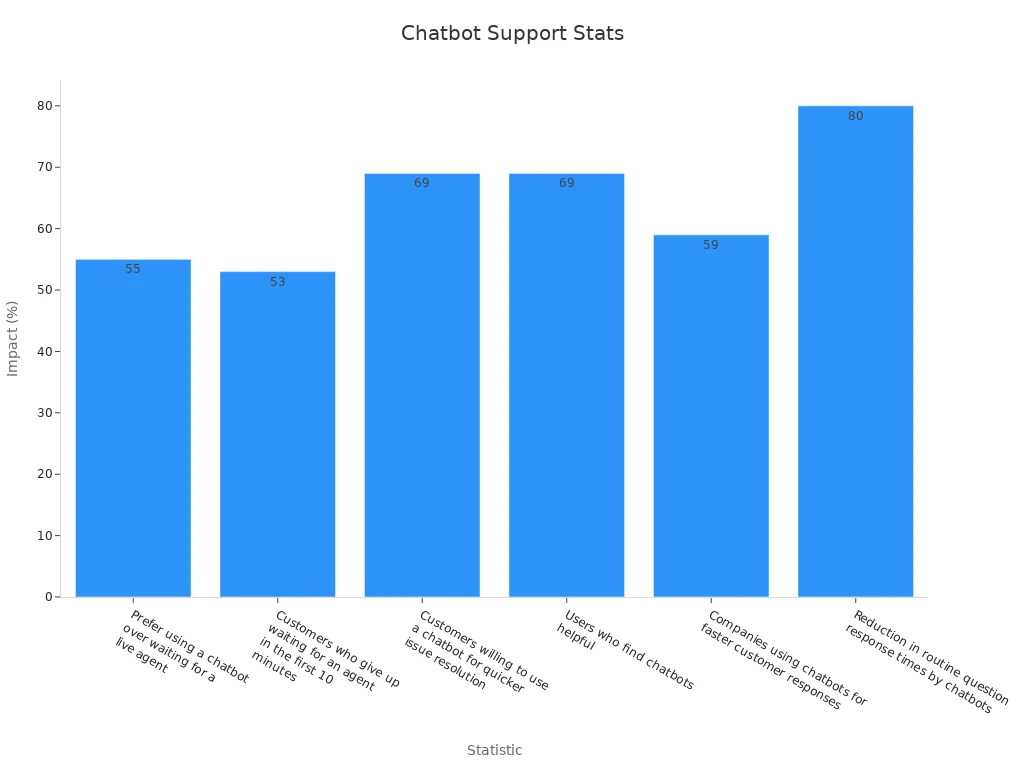
Reducing Operational Costs with Automation

Chatbots significantly reduce operational costs by automating repetitive tasks. They handle routine inquiries, allowing human agents to focus on complex issues. This automation can cut customer service costs by up to 30%. For example, Sobot’s chatbot operates 24/7, triaging queries without requiring additional agents, saving businesses up to 50% on staffing expenses.
By shouldering the burden of repetitive tasks, chatbots reduce business costs by balancing the number of support agents needed to handle client inquiries.
Additionally, chatbots eliminate the need for overtime pay by providing round-the-clock support. Training costs also decrease since chatbots manage basic inquiries, enabling businesses to allocate resources more efficiently. This cost-saving potential makes chatbots an essential tool for e-commerce businesses aiming to optimize their operations.
Driving Sales and Improving Conversions
E-commerce chatbots play a crucial role in driving sales and boosting conversions. They guide customers through the buying process, answer product-related questions, and even send proactive messages to encourage purchases. Industries have reported sales conversion increases of up to 70% after integrating chatbots. On average, conversion rates rise by 14% across various e-commerce sectors.
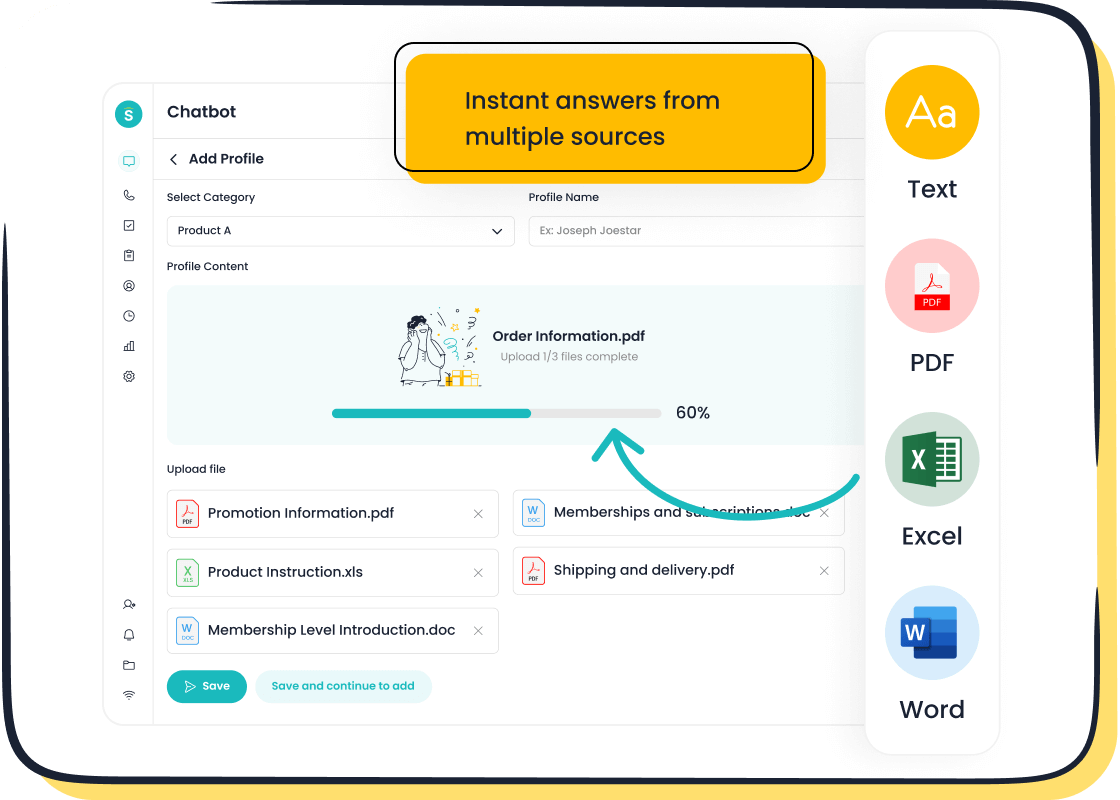
Sobot’s chatbot enhances conversions by offering smart self-service and real-time intent assistance. For example, Sephora achieved an 11% increase in makeover appointment bookings after implementing a chatbot. Similarly, Domino’s Pizza saw a 50% rise in digital orders, proving how chatbots can directly impact sales. By providing personalized recommendations and timely support, chatbots help businesses turn browsers into buyers, making them indispensable for e-commerce growth.
Assessing Your Business Needs for Ecommerce Chatbot Solutions
Identifying Customer Pain Points and Expectations
Understanding your customers' challenges is the first step in selecting the right e-commerce chatbot. Customers often face issues like long wait times, confusing website navigation, and inadequate support. These pain points can lead to frustration and abandoned purchases. Chatbots address these problems by offering instant responses, guiding users through websites, and providing consistent support.
For example, Sobot’s chatbot operates 24/7, ensuring customers never experience delays. It also uses AI to deliver personalized interactions, meeting the growing demand for tailored service. By identifying these pain points, you can align chatbot features with customer expectations, improving satisfaction and loyalty.
Tip: Conduct surveys or analyze customer feedback to uncover specific pain points your e-commerce business should address.
Mapping the Customer Journey for Better Insights
Mapping the customer journey helps you understand how users interact with your e-commerce platform. This process identifies key touchpoints where a chatbot can add value. For instance, customers may need assistance during product searches, checkout, or post-purchase support.
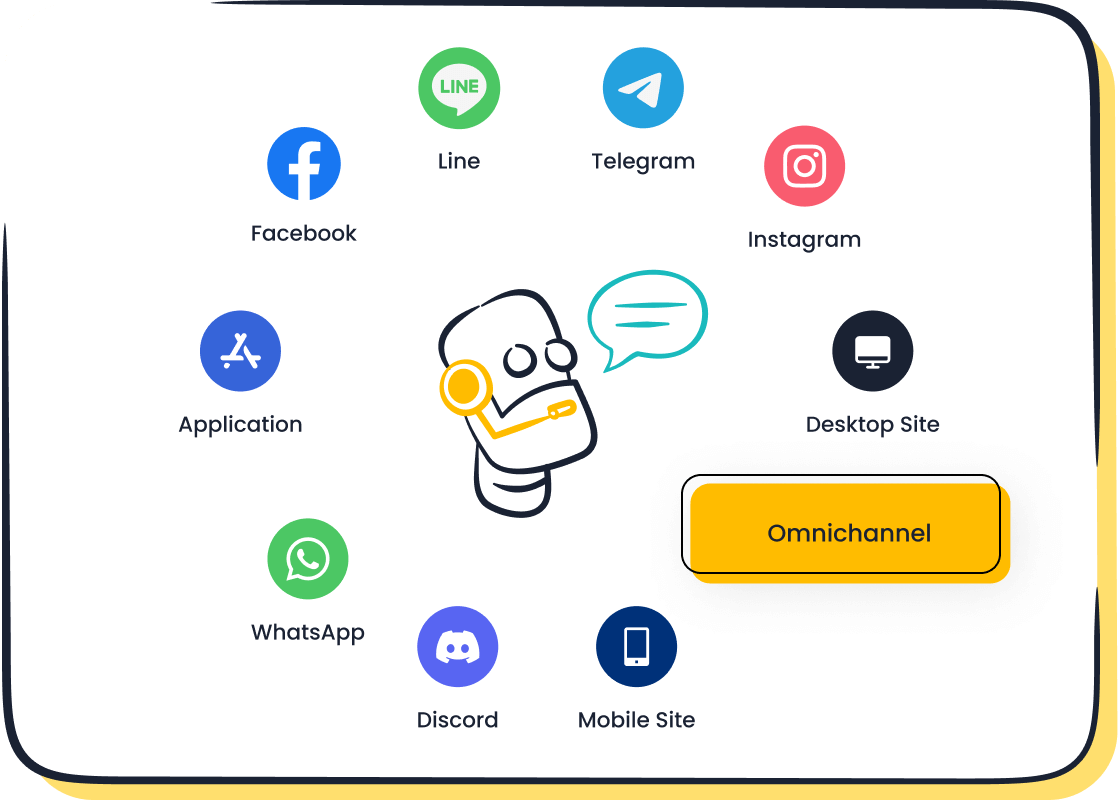
Sobot’s chatbot integrates seamlessly across multiple channels, ensuring consistent interactions at every stage of the journey. Whether customers are browsing on your website or messaging via WhatsApp, the chatbot provides real-time assistance. By analyzing the customer journey, you can pinpoint where automation will have the most impact, enhancing the overall shopping experience.
Note: Use tools like heatmaps or analytics to track customer behavior and identify areas for improvement.
Defining Business Goals and Service Objectives
Clearly defined goals are essential for implementing an effective e-commerce chatbot strategy. Beyond increasing revenue, consider objectives like improving engagement, building customer loyalty, or reducing cart abandonment. For example, the global chatbot market is projected to reach $18.8 billion by 2026, highlighting the growing importance of this technology.
Sobot’s chatbot helps businesses achieve these goals by automating repetitive tasks and providing proactive support. It boosts conversions by 20% through features like real-time intent assistance and smart self-service. Visualizing your ideal outcomes ensures you leverage chatbot capabilities effectively, driving both customer satisfaction and business growth.
Pro Tip: Start by outlining your objectives and visualizing the best-case scenario for your chatbot implementation.
Key Features to Look for in Ecommerce Chatbots
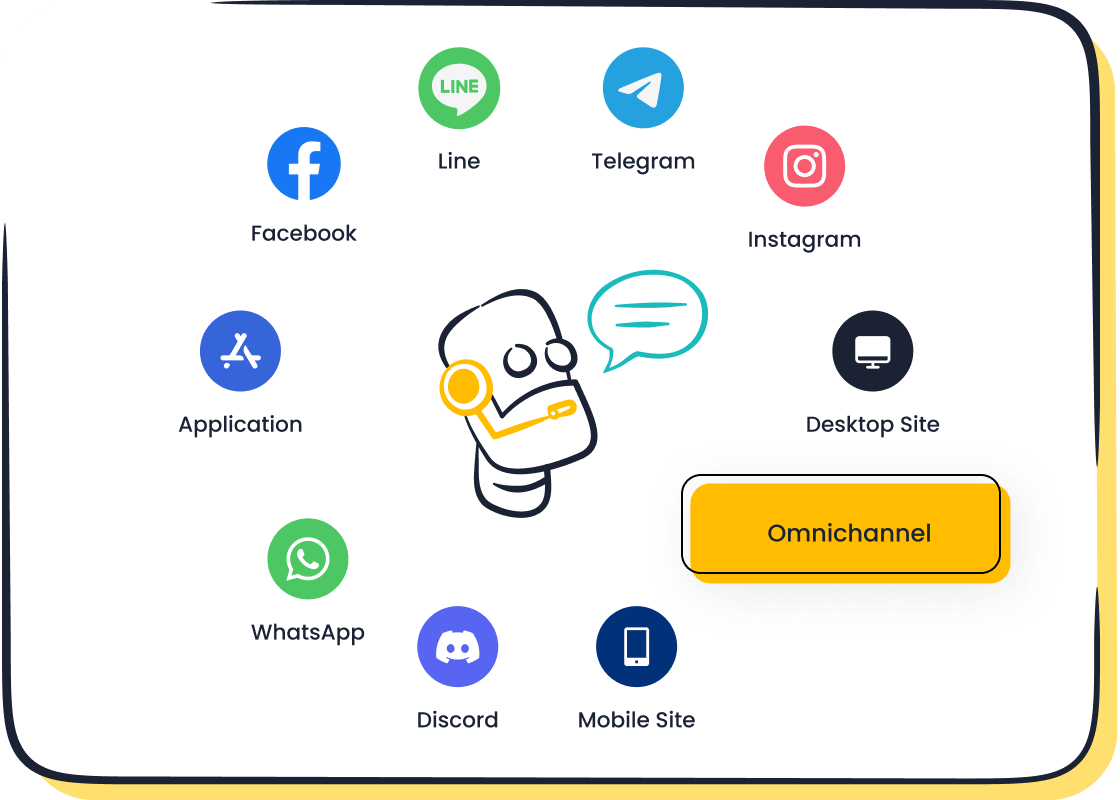
Personalization and AI-driven Recommendations
Personalization is one of the most critical features to look for in an e-commerce chatbot. Customers expect tailored interactions that cater to their preferences and needs. Studies show that organizations prioritizing customer experience achieve three times more revenue growth than their peers. Additionally, 86% of CEOs consider personalization essential for customer experience campaigns.
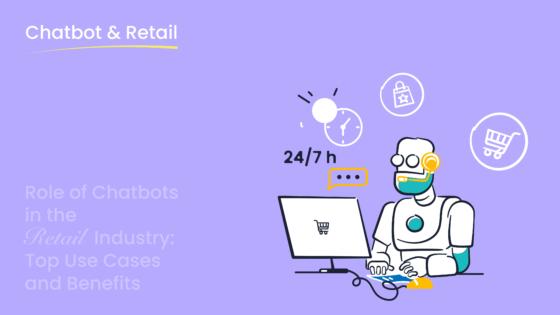
An e-commerce chatbot with AI-driven recommendations can analyze customer behavior and suggest products that match their interests. For example, Sobot’s chatbot uses advanced AI to deliver personalized shopping experiences. It identifies user preferences and provides real-time product recommendations, increasing the likelihood of a purchase. This functionality not only enhances the user experience but also drives sales.
| Statistic | Value |
|---|---|
| Revenue growth for organizations prioritizing customer experience (CX) | 3x more than peers |
| Percentage of CEOs considering personalization essential for CX campaigns | 86% |
| Revenue increase from personalization for fast-growing organizations | 40% more than slower peers |
By tailoring chatbot features to include personalization, you can create meaningful interactions that foster customer loyalty and boost conversions.
Omnichannel Support for Seamless Customer Interactions
Omnichannel support is vital for delivering a seamless omnichannel experience. Modern customers interact with brands across multiple platforms, including websites, social media, and messaging apps. A chatbot with omnichannel functionality ensures consistent support across all these channels.
Sobot’s chatbot excels in omnichannel integration, allowing you to engage customers on platforms like WhatsApp, SMS, and email. This feature ensures that no matter where your customers are, they receive the same high-quality support. Research indicates that 80% of organizations are actively seeking ways to integrate chatbots into their services. Additionally, the adoption of chatbots in e-commerce is projected to reach 80% by 2025.
- Major trends in e-commerce chatbots include advancements in AI, omnichannel support, and improved personalization.
- Chatbots can enhance conversion rates for e-commerce businesses by as much as 30%.
- 80% of organizations are actively seeking ways to integrate chatbots into their services.
By integrating chatbots with omnichannel capabilities, you can provide a seamless user experience that meets customer expectations and drives engagement.
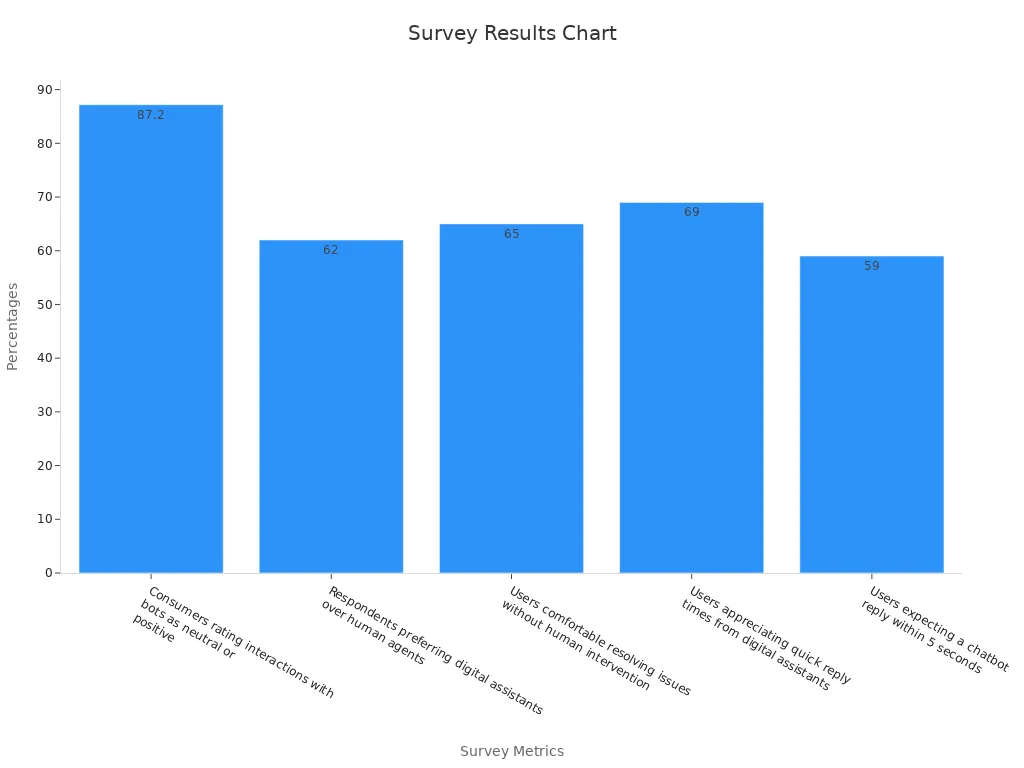
Payment Integration for Secure Transactions
Payment integration is another essential feature in e-commerce chatbots. Customers value convenience and security when making online purchases. A chatbot with payment integration allows users to complete transactions directly within the chat interface, streamlining the checkout process.

Sobot’s chatbot supports secure payment options, ensuring a smooth and trustworthy transaction experience. This feature reduces cart abandonment by simplifying the payment journey. For instance, businesses using chatbots with payment integration have reported a significant increase in completed purchases.
Tip: Ensure your chatbot complies with data protection regulations like GDPR to build customer trust.
By incorporating payment integration into your chatbot functionality, you can enhance customer satisfaction and improve conversion rates.
Visual and Rich Media Support for Enhanced Engagement
Visual and rich media support is a game-changer for e-commerce chatbots. Customers often prefer engaging visuals over plain text when interacting with brands. Adding images, videos, and GIFs to your chatbot enhances the user experience and keeps customers engaged. For example, a chatbot can display product images or demo videos when customers inquire about specific items. This feature helps customers make informed decisions quickly.
Sobot’s chatbot excels in delivering rich media experiences. It supports visual elements like product carousels, which allow customers to browse multiple items within the chat interface. This functionality not only improves engagement but also simplifies the shopping process. Imagine a customer asking about a product category and instantly receiving a carousel of options to explore. This seamless interaction boosts satisfaction and encourages purchases.
Tip: Use visuals strategically to highlight key information, such as product features or promotional offers. This approach ensures your chatbot remains both informative and engaging.
By tailoring chatbot features to include rich media, you can create a dynamic and interactive shopping experience that resonates with your audience.
Voice Interaction Capabilities for Accessibility
Voice interaction capabilities are becoming essential in e-commerce. Many customers now use voice assistants like Alexa or Google Assistant for online searches. Incorporating voice functionality into your chatbot makes your platform more accessible and user-friendly.
- Over 50% of searches are voice-based, and this number continues to grow.
- 46% of U.S. adults own smart speakers and use voice assistants daily.
- By 2024, the global speech and voice recognition market is expected to reach $26.9 billion.
Sobot’s chatbot includes advanced voice interaction features, such as real-time speech recognition and LLM reasoning. These capabilities allow customers to interact with your platform using natural language, making the experience more intuitive. For example, a customer could ask, “What’s the best deal on sneakers today?” and receive instant, accurate recommendations.
Voice interaction also enhances accessibility for users with disabilities, ensuring everyone can engage with your brand. By integrating chatbots with voice capabilities, you can cater to a broader audience and stay ahead in the competitive e-commerce landscape.
Post-Purchase Support and Follow-ups
Post-purchase support is crucial for building long-term customer relationships. Studies show that selling to existing customers is far more effective than acquiring new ones. The probability of selling to an existing customer ranges from 60-70%, compared to just 5-20% for new customers.
| Metric | Value |
|---|---|
| Probability of selling to existing customers | 60-70% |
| Probability of selling to new customers | 5-20% |
| Percentage of customers sticking with brands prioritizing post-sale service | 58% |
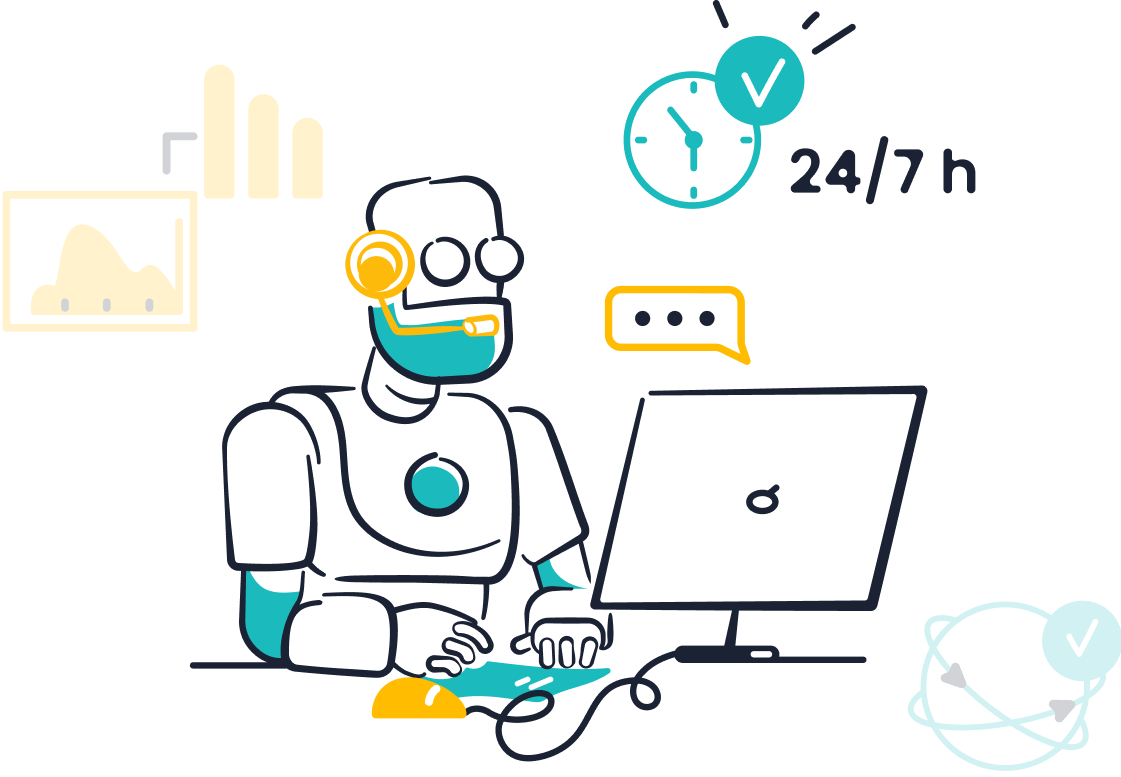
Sobot’s chatbot excels in post-purchase support by offering features like order tracking, return assistance, and proactive follow-ups. For instance, the chatbot can send reminders about warranty expirations or suggest complementary products based on past purchases. This personalized approach not only enhances the customer experience but also fosters loyalty.
Customers who receive timely assistance are more likely to return for future purchases. In fact, 58% of customers remain loyal to brands that prioritize excellent post-sale service.
By incorporating post-purchase support into your chatbot functionality, you can nurture customer relationships and drive repeat business. This strategy ensures your e-commerce platform remains a trusted choice for your audience.
Evaluating Ecommerce Chatbot Platforms Like Sobot
Testing Chatbot Performance and User Experience
Evaluating the performance and user experience of an e-commerce chatbot is crucial for ensuring it meets your business needs. A well-performing chatbot should provide accurate responses, handle queries efficiently, and enhance customer satisfaction. Platforms like Sobot excel in these areas by leveraging advanced AI to deliver seamless interactions.
Studies have shown that chatbots significantly improve engagement and learning outcomes. For example:
| Study Title | Findings |
|---|---|
| Teachers’ Perspective of AI Chatbots on Students’ Mathematical Solving Capabilities | NLP chatbots outperform traditional methods in accuracy for mathematical queries. |
| Problem-Based Blended Training via Chatbot to Enhance the Problem-Solving Skill in the Workplace | Chatbots motivate learners and provide easy access to training resources. |
| The Effect of Chatbots and AI on The Self-Efficacy, Self-Esteem, Problem-Solving and Critical Thinking of Students | Chatbots enhance engagement but require further advancements for optimal cognitive impact. |
When testing platforms like Sobot, focus on metrics such as response time, resolution rate, and user satisfaction. Sobot’s chatbot achieves a resolution rate of up to 83%, as demonstrated in its collaboration with OPPO. This ensures your customers receive timely and accurate support, enhancing their overall experience.
Tip: Conduct user surveys and A/B tests to evaluate how well the chatbot aligns with your customer expectations.
Ensuring Data Security and Privacy Compliance
Data security is a top priority when implementing an e-commerce chatbot. Customers trust you with sensitive information, and any breach can damage your reputation. Platforms like Sobot prioritize security by adhering to global standards such as GDPR and CCPA.
Key regulations to consider include:
- GDPR: Requires explicit user consent for data processing and allows users to access or delete their information.
- HIPAA: Mandates strict safeguards for healthcare-related chatbots to ensure confidentiality.
- CCPA: Grants California residents control over their personal data, including the right to opt out of data sales.
Sobot ensures data security through features like encryption, GDPR compliance, and continuous encrypted backups. These measures protect customer data while maintaining operational efficiency. By choosing a platform that prioritizes security, you can build trust and foster long-term customer relationships.
Note: Always review the privacy policies of chatbot platforms to ensure they align with your business requirements.
Comparing Pricing, Scalability, and Customization Options
Pricing, scalability, and customization are critical factors when selecting an e-commerce chatbot platform. Each business has unique needs, so understanding these aspects helps you make an informed decision.
Here’s a comparison of common pricing models and features:
- Pricing Models: Custom development may offer long-term cost savings for complex functionalities, while Chatbot-as-a-Service (CaaS) platforms provide pre-built solutions.
- Scalability: Custom solutions integrate seamlessly and scale with your business, whereas CaaS platforms may limit user interactions.
- Customization Options: Custom development offers full control over design and functionality, while CaaS platforms often include templates with limited flexibility.
For example:
- WotNot: $899/month, ideal for high-volume conversations with CRM integration.
- Intercom: $1,000/month, suitable for mid-market businesses with live chat and chatbot features.
- Ada: $5,000/month, designed for enterprise-level companies with advanced AI capabilities.
Sobot provides scalable and customizable solutions tailored to your business needs. Its chatbot integrates seamlessly across channels, supports multilingual interactions, and offers a no-coding-required setup. This makes it a cost-effective choice for businesses of all sizes.
Tip: Evaluate your budget and growth projections to choose a platform that aligns with your long-term goals.
Reviewing Customer Support and Training Resources
When choosing an e-commerce chatbot, you should evaluate the customer support and training resources provided by the platform. These resources ensure that your team can effectively use the chatbot and maximize its potential. A well-supported chatbot platform not only simplifies the onboarding process but also helps you address challenges quickly.
Why Customer Support Matters
Reliable customer support is essential for resolving technical issues and ensuring smooth operations. For example, if your chatbot encounters a glitch during peak shopping hours, immediate assistance can prevent disruptions. Platforms like Sobot offer 24/7 technical support, ensuring you receive help whenever needed. This level of support is crucial for maintaining customer satisfaction and avoiding downtime.
Tip: Look for platforms that provide multiple support channels, such as live chat, email, and phone, to ensure you can reach them easily.
Importance of Training Resources
Training resources empower your team to use the chatbot effectively. These resources may include user manuals, video tutorials, and live training sessions. For instance, Sobot provides comprehensive training materials and workshops to help businesses understand their chatbot's features. This support ensures your team can customize the chatbot to meet your specific needs.
A study by McKinsey found that companies investing in employee training see a 24% increase in productivity. By equipping your team with the right knowledge, you can unlock the full potential of your e-commerce chatbot.
Features to Look For
When reviewing training resources, consider the following:
- Ease of Access: Resources should be readily available on the platform's website or dashboard.
- Customization Options: Training should address your unique business requirements.
- Ongoing Support: Look for platforms that offer continuous learning opportunities, such as webinars or updates on new features.
Sobot excels in these areas by providing user-friendly guides and personalized training sessions. These resources help you adapt the chatbot to your evolving business needs.
Ensuring Data Security During Training
Training often involves sharing sensitive business information. To ensure data security, choose platforms that comply with regulations like GDPR. Sobot prioritizes security by encrypting data and offering secure training environments. This approach protects your information while enabling effective learning.
Note: Always verify that the platform's training resources align with your data security requirements.
By prioritizing customer support and training resources, you can ensure a seamless integration of your e-commerce chatbot. These elements play a vital role in enhancing your team's efficiency and delivering exceptional customer experiences.
Steps to Implement E-commerce Chatbot Integration
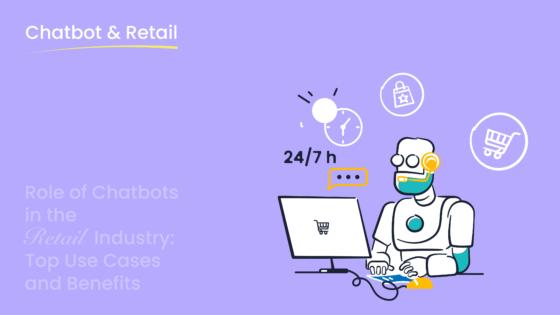
Creating a Feature Checklist for Your Business
Before starting your e-commerce chatbot integration, create a detailed feature checklist. This ensures the chatbot aligns with your business needs and customer expectations. Focus on essential aspects like functionality, compatibility, and performance. For example:
- Functional Testing: Ensure the chatbot handles tasks like slot filling, input validation, and error handling.
- GUI Testing: Verify that all graphical elements, such as buttons and links, work seamlessly.
- Compatibility Testing: Confirm the chatbot performs well across devices, browsers, and operating systems.
- Performance Testing: Monitor response times and ensure the chatbot operates smoothly under heavy user loads.
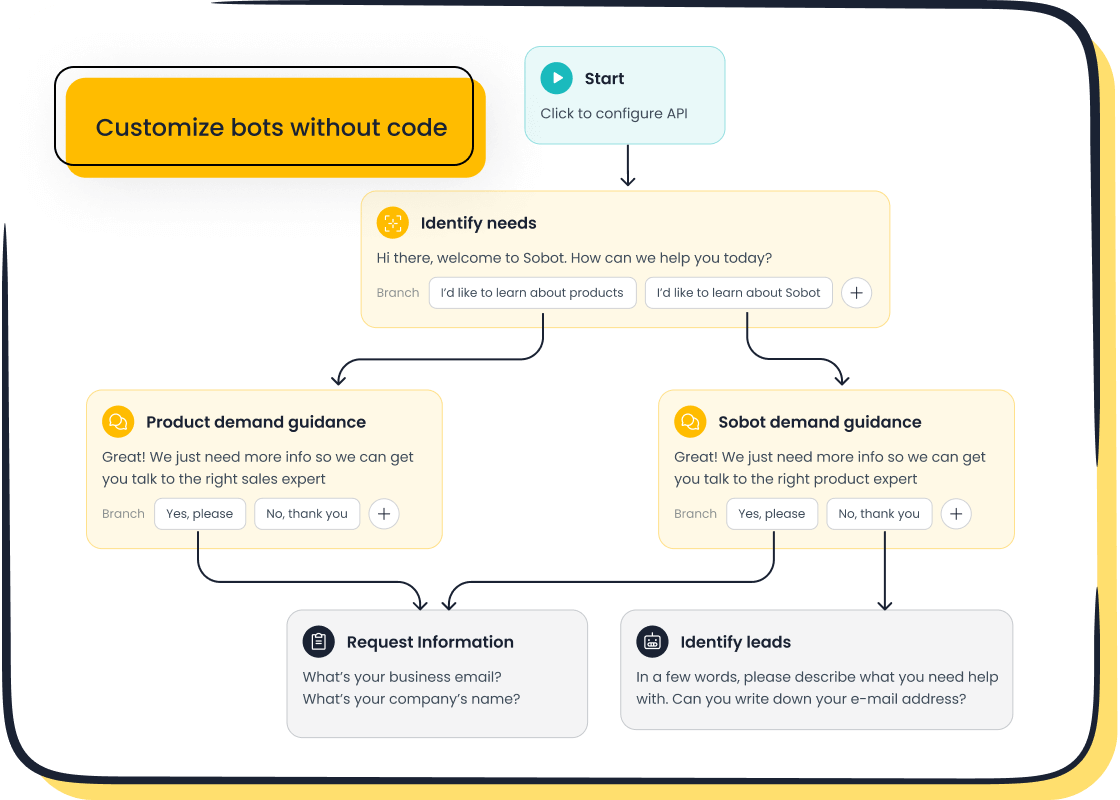
Sobot’s chatbot simplifies this process with its no-coding-required setup and omnichannel support. It integrates effortlessly across platforms like WhatsApp and SMS, ensuring consistent performance. By preparing a comprehensive checklist, you can streamline the integration process and avoid potential issues.
Tip: Regularly update your checklist to include new features or address emerging customer needs.
Consulting Stakeholders and Aligning Goals
Involve stakeholders early to ensure the e-commerce chatbot integration aligns with your business objectives. Start by defining clear goals, such as reducing cart abandonment or improving customer engagement. Collaborate with teams like marketing, IT, and customer service to gather insights and set priorities.
Best practices include designing the chatbot with users in mind and testing it thoroughly before deployment. For instance, Sobot’s chatbot offers personalized interactions and AI-driven recommendations, making it easier to meet diverse customer needs. Regularly analyze chatbot data to measure performance and identify areas for improvement.
Note: Aligning goals with stakeholders ensures the chatbot delivers value across all departments.
Running Pilot Tests with Sobot Chatbot for Optimization
Pilot testing is a crucial step in e-commerce chatbot integration. It helps identify potential issues and optimize performance before full deployment. Platforms like Sobot provide tools for running pilot tests efficiently. Begin by testing the chatbot in real-world scenarios, such as answering FAQs or assisting with product recommendations.
During the pilot phase, focus on metrics like response accuracy, resolution rates, and user satisfaction. Sobot’s chatbot achieves an impressive 83% resolution rate, as seen in its collaboration with OPPO. Use feedback from pilot tests to refine the chatbot’s functionality and enhance its user experience.
Tip: Monitor social media mentions and customer support tickets during the pilot phase to gather additional insights.
By following these steps, you can ensure a smooth and successful e-commerce chatbot integration.
Identifying the right features in e-commerce chatbots is essential for enhancing customer experience and streamlining operations. Chatbots improve efficiency, reduce costs, and drive sales by automating interactions and offering personalized support. Businesses that prioritize these tools see annual revenue growth ranging from 7% to 25%, with 67% of sales increases attributed to chatbot integration (Chatbots Magazine, Forbes).
Sobot’s chatbot provides a comprehensive solution tailored to e-commerce needs. Its features, such as omnichannel support and AI-driven recommendations, empower businesses to meet customer expectations effectively. By assessing your needs, prioritizing features, and testing platforms like Sobot, you can unlock the full potential of chatbots.
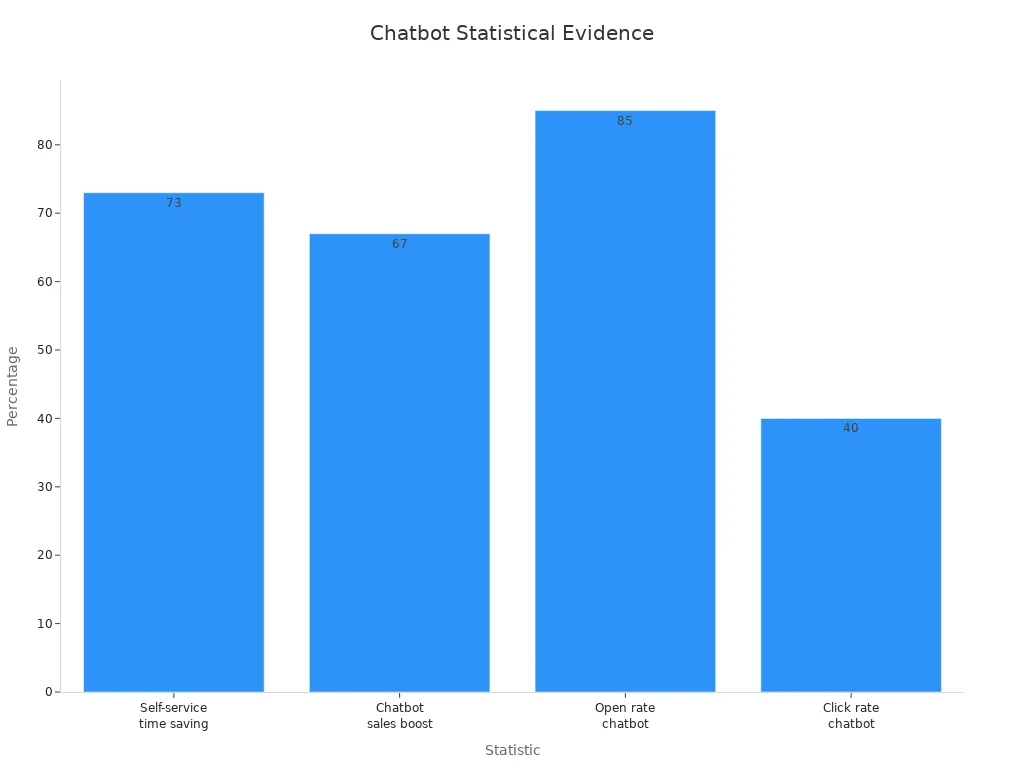
Implementing a well-chosen chatbot platform not only boosts customer satisfaction but also drives business growth. With tools like Sobot, you can transform your e-commerce operations and stay ahead in a competitive market.
FAQ
What are the main benefits of using ecommerce chatbots?
Ecommerce chatbots improve efficiency, reduce costs, and enhance customer satisfaction. They handle routine queries 24/7, saving up to 50% on staffing expenses. For example, Sobot’s chatbot boosts productivity by 70% and increases conversions by 20%, making it a valuable tool for businesses.
Can ecommerce chatbots integrate with multiple platforms?
Yes, most ecommerce chatbots, including Sobot’s, offer omnichannel support. They integrate seamlessly with platforms like WhatsApp, SMS, and email. This ensures consistent customer interactions across all channels, enhancing the overall shopping experience.
How do ecommerce chatbots personalize customer interactions?
Ecommerce chatbots use AI to analyze customer behavior and preferences. For instance, Sobot’s chatbot provides real-time product recommendations based on user data. This personalization increases engagement and boosts sales by creating tailored shopping experiences.
Are ecommerce chatbots secure for handling customer data?
Yes, reputable platforms like Sobot prioritize data security. They comply with regulations like GDPR and use encryption to protect customer information. This ensures your customers’ data remains safe while interacting with the chatbot.
How can I measure the success of my ecommerce chatbot?
Track metrics like resolution rates, response times, and customer satisfaction scores. For example, Sobot’s chatbot achieves an 83% resolution rate, as seen with OPPO. Regularly analyze these metrics to optimize your chatbot’s performance and meet business goals.
See Also
Enhancing Customer Satisfaction Through E-commerce Chatbots
Simple Ways to Integrate Chatbots on Your Website
Building Effective Chatbots for Website Performance
